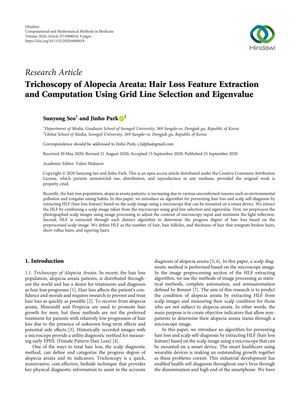TLDR Researchers developed an algorithm for self-diagnosing scalp conditions with high accuracy using smart device-attached microscopes.
In 2020, researchers Sunyong Seo and Jinho Park developed an algorithm to assist in the self-diagnosis of scalp conditions, specifically alopecia areata, by analyzing hair loss features (HLFs) from microscopic images taken with a smart device-attached microscope. The algorithm preprocessed images to enhance contrast and reduce light reflection, then extracted HLFs such as hair count, follicle presence, and hair thickness. The study tested the algorithm on a set of 100 scalp images from individuals aged 20 to 40, achieving an average accuracy of 96.51% for hair count and 84.07% for hair follicle detection. The researchers proposed that their method could enable consistent evaluation of hair loss and help in monitoring scalp health over time. They also suggested the potential for using the collected data to analyze the causes of alopecia areata. However, the document did not provide the number of participants involved in the study, limiting the assessment of the study's strength. Additionally, the research discussed the challenges of integrating AI into portable devices for trichoscopy due to the high number of parameters required by convolutional neural network-based AI. The data from the study is available upon request, and the research was supported by the MSIT of Korea.
6 citations
,
January 2019 in “Indian Journal of Dermatology, Venereology and Leprology” Low-cost dermoscopes can effectively diagnose early female pattern hair loss.
 63 citations
,
January 2017 in “Annals of Dermatology”
63 citations
,
January 2017 in “Annals of Dermatology” More research is needed to understand alopecia areata severity.
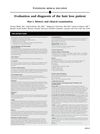 86 citations
,
August 2014 in “Journal of The American Academy of Dermatology”
86 citations
,
August 2014 in “Journal of The American Academy of Dermatology” To diagnose hair loss, use a systematic approach including history, exams, and tests.
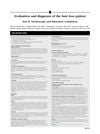 69 citations
,
August 2014 in “Journal of The American Academy of Dermatology”
69 citations
,
August 2014 in “Journal of The American Academy of Dermatology” Trichoscopy is a quick, cost-effective tool for diagnosing different hair loss conditions.
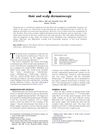 245 citations
,
March 2012 in “Journal of The American Academy of Dermatology”
245 citations
,
March 2012 in “Journal of The American Academy of Dermatology” Dermatoscopy is useful for identifying different hair and scalp conditions and can reduce the need for biopsies.
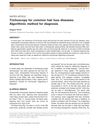 89 citations
,
December 2010 in “The Journal of Dermatology”
89 citations
,
December 2010 in “The Journal of Dermatology” The conclusion is that an algorithm using trichoscopy helps diagnose different types of hair loss but may need updates and a biopsy if results are unclear.
 110 citations
,
July 2010 in “Journal of The American Academy of Dermatology”
110 citations
,
July 2010 in “Journal of The American Academy of Dermatology” Hair loss linked to higher heart disease risk in both men and women.
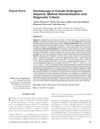 129 citations
,
January 2009 in “International Journal of Trichology”
129 citations
,
January 2009 in “International Journal of Trichology” Trichoscopy can diagnose female hair loss with high accuracy by looking for specific patterns in hair and scalp appearance.
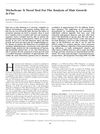 70 citations
,
June 2003 in “Journal of Investigative Dermatology Symposium Proceedings”
70 citations
,
June 2003 in “Journal of Investigative Dermatology Symposium Proceedings” TrichoScan is a reliable method for measuring hair growth and is useful for assessing hair loss treatments.
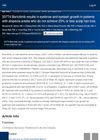 1 citations
,
September 2022 in “Journal of The American Academy of Dermatology”
1 citations
,
September 2022 in “Journal of The American Academy of Dermatology” Baricitinib helps grow eyebrows and eyelashes in severe alopecia areata patients.
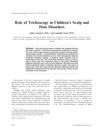 43 citations
,
August 2013 in “Pediatric Dermatology”
43 citations
,
August 2013 in “Pediatric Dermatology” Trichoscopy is good for diagnosing and monitoring hair and scalp problems in children but needs more research for certain conditions.
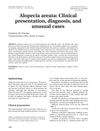 109 citations
,
May 2011 in “Dermatologic Therapy”
109 citations
,
May 2011 in “Dermatologic Therapy” Alopecia areata is a type of hair loss that can lead to complete baldness, often associated with other autoimmune conditions, and half of the cases may see hair return within a year.
Trichotillometry can measure hair plucking force, aiding alopecia treatment evaluation.
